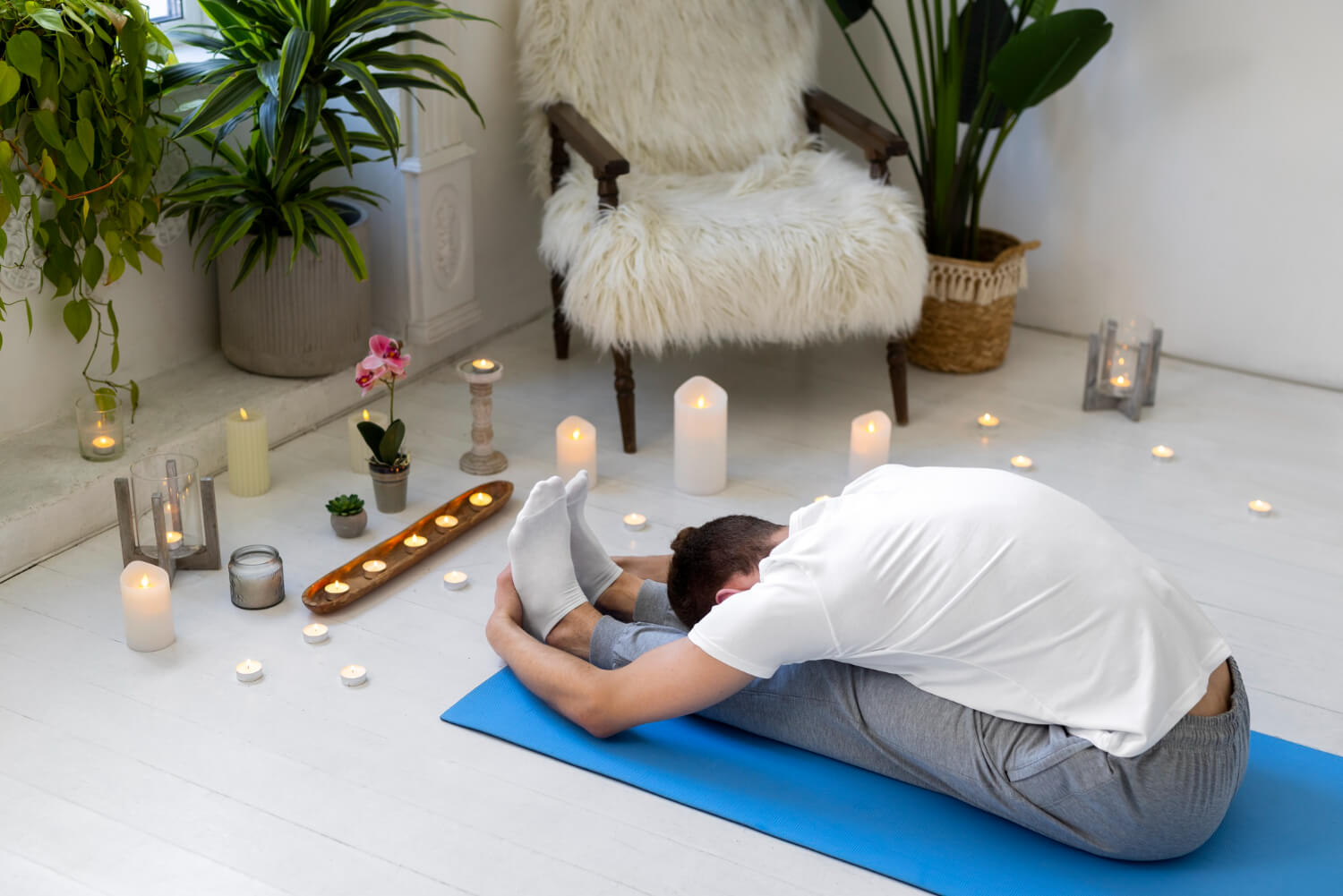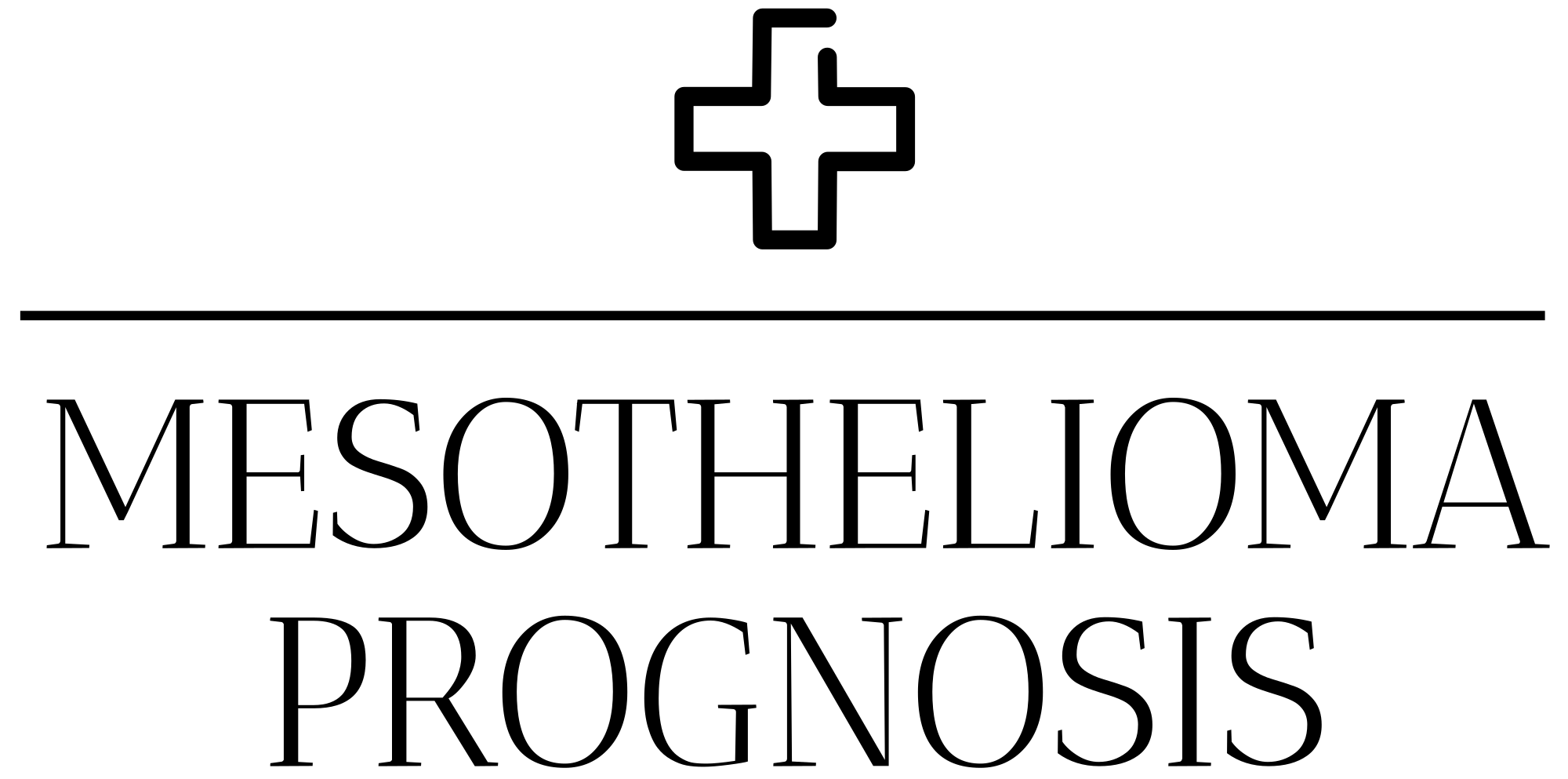If you’ve been exploring holistic wellness, chances are you’ve encountered the term “Reiki.” You might wonder what it is, how it works, and why so many people are discussing it. Reiki has gained significant traction recently as a highly effective method of promoting healing, balance, and relaxation. Whether you’re curious about trying it or want to learn more, this guide will walk you through the basics of Reiki healing, its origins, benefits, and how it’s practiced today.
What Is Reiki?
Reiki (pronounced “ray-key”) is a form of energy healing that originated in Japan in the early 20th century. The term comes from two Japanese words: Rei, meaning “universal” or “spiritual,” and Ki, meaning “life energy.” Combined, Reiki refers to the universal life energy that flows through all living things. The belief behind Reiki is that when this life energy becomes blocked or unbalanced, it can lead to physical, emotional, or spiritual discomfort.
Reiki practitioners aim to channel this universal energy to encourage the body’s natural ability to heal itself. It’s a non-invasive therapy that’s become popular worldwide due to its simplicity, safety, and potential for profound relaxation and restoration.
The Origins of Reiki
Reiki was developed in the early 1920s by Mikao Usui, a Japanese monk who devoted much of his life to spiritual practices and meditation. According to Reiki tradition, Usui experienced a profound moment of enlightenment during a 21-day retreat on Mount Kurama, where he received the principles and knowledge of Reiki healing. He created a system that combined ancient energy practices with practical personal development and healing methods.

Reiki spread internationally after its foundation in Japan, evolving as it found its way to the West. Today, multiple branches of Reiki exist, but most maintain the core principle of channeling energy to restore balance and promote well-being.
How Does Reiki Work?
Reiki works on the principle that energy flows through us like circulation or respiration. When that energy is flowing freely, we feel vibrant and balanced. However, stress, trauma, or negative emotions can disrupt the flow, creating blockages that may manifest as physical or emotional issues.
During a Reiki session, the practitioner acts as a conduit for universal energy, channeling it to the recipient through light touch or even without physical contact. The recipient typically lies down, fully clothed, in a relaxed environment. The practitioner focuses on specific areas of the body, often corresponding to the chakras or areas of pain and tension. Many recipients describe a warmth, tingling, or deep calm as the energy moves through them.
One unique aspect of Reiki is that it doesn’t require belief to be effective. Even skeptics often report feeling relaxed and rejuvenated after a session.
The Benefits of Reiki Healing
Reiki is more than simply relaxing; it can benefit individuals physically, emotionally, and spiritually. Here’s how it can help in everyday life:
1. Physical Healing
While not a replacement for medical treatment, Reiki complements traditional healthcare by promoting relaxation and reducing stress. This, in turn, can boost the body’s ability to heal. For example, Reiki has been used to alleviate pain, ease the side effects of chemotherapy, and improve sleep. Because it’s non-invasive, it’s suitable for people of all ages, including children and the elderly.
2. Emotional Balance
Life’s challenges can leave us feeling anxious, overwhelmed, or stuck. Reiki has a calming effect on the mind, making it easier to release emotional burdens. Many clients report feeling lighter and more centered after a session. Other emotional benefits include greater self-awareness and the ability to handle stress more effectively.
3. Spiritual Growth
Reiki is rooted in the idea of connection—not just to us, but to the world around us. Through regular sessions, people often feel more aligned with their purpose and gain insights into their life path. Reiki can deepen meditation practices, enhance mindfulness, and foster a greater sense of inner peace.
What Happens in a Reiki Session?
You might wonder what the experience entails if you’re new to Reiki. A session typically occurs in a quiet setting where you lie on a massage table or sit comfortably. The practitioner begins by centering themselves and may follow with a brief consultation to understand your concerns or goals.

During the session, practitioners move their hands over your body, either gently touching or hovering just above specific areas. They may spend more time in areas where they sense imbalances. Recipients often report sensations such as warmth, tingling, or gentle pulsations.
Every session is unique; some people feel immediate shifts, while others notice subtle changes over time. What makes Reiki particularly appealing is the sense of serenity and “reset” it provides, even after just one session.
The Growing Popularity of Reiki
Reiki’s rise in modern wellness circles is undeniable. Once considered a niche practice, it’s now offered in hospitals, wellness centers, and spas worldwide. Many healthcare professionals acknowledge the benefits of energy work in reducing stress and promoting healing.
Celebrities, athletes, and executives alike have embraced Reiki to manage stress and maintain peak performance. Public figures, including Gwyneth Paltrow and Novak Djokovic, have spoken about the role of energy healing in their wellness routines.
What’s more, Reiki doesn’t just appeal to those with spiritual inclinations. Its open-minded, inclusive nature makes it accessible to anyone seeking better overall well-being. You don’t need any special skills or beliefs to benefit from it.
Is Reiki Right for You?
Reiki isn’t a cure-all, and it’s important to approach it with realistic expectations. However, Reiki may be worth exploring if you’re looking for a gentle, supportive practice to complement your wellness routine. It’s especially helpful if you’re dealing with stress, tension, or a desire to reconnect with yourself.
Whether you choose to visit an experienced practitioner or learn the technique yourself, Reiki offers a pathway to deep relaxation and healing. At its core, it reminds us of the incredible connection between body, mind, and spirit.
Why not take some time out to experience Reiki for yourself? It could be the balance and renewal you never knew you needed.






